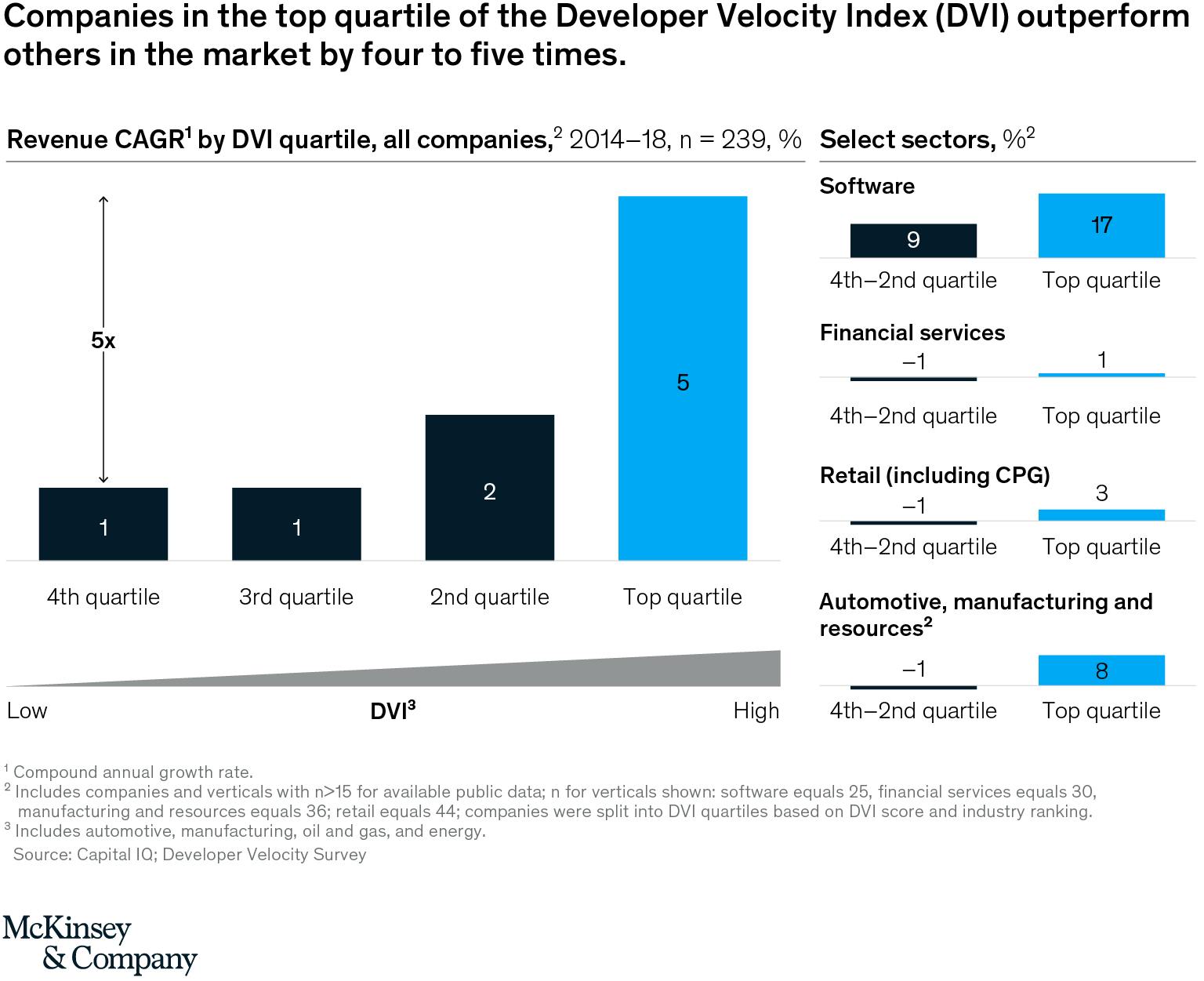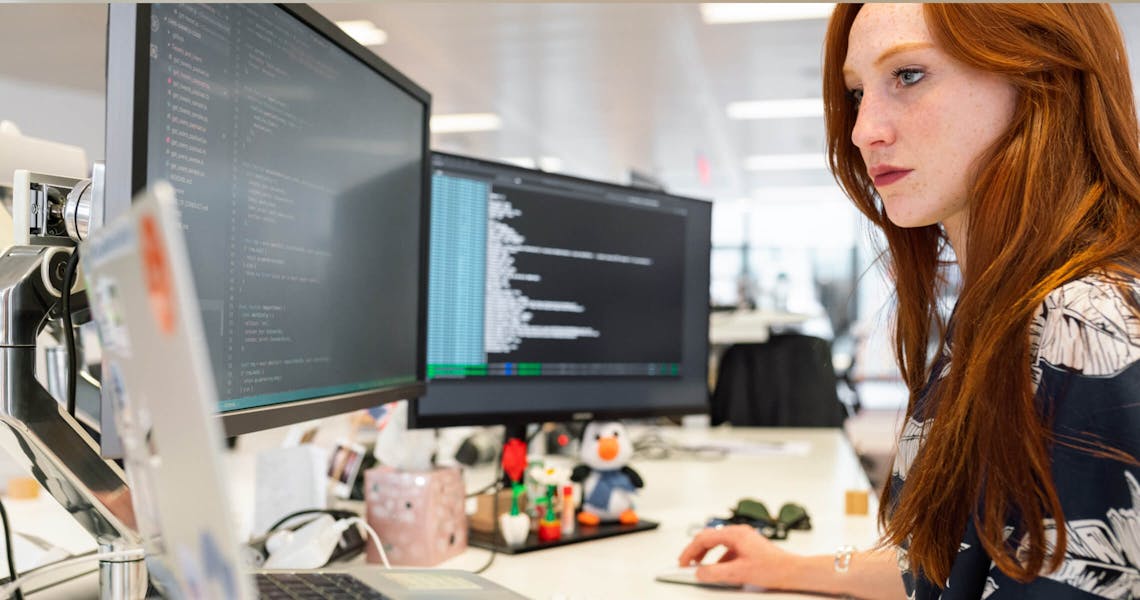The cloud has become indispensable to organizations worldwide as companies’ infrastructure needs grow increasingly complex. However, trends seem to change all the time, and managing your infrastructure without help is now nearly impossible. Therefore, it’s crucial that you stay up-to-date with your requirements and adjust your cloud architecture as needed.
But which trends should you follow, and what should you pay attention to? Don’t worry, we’ve got you covered. Here are four current and future Environment as a Service trends your organization should follow.
Dev Trends to Expect and How Environment as a Service Helps
1. Containerized Dev / Testing Environment Trend
A rapid, continuous growth of the Internet of things (IoT) means that different software systems operate in all kinds of environments. To add to that, testing teams face challenges regarding a lack of test environments and the right level of test coverage.
To combat these challenges, you can use cloud-based and containerized test environments. Container-based solutions are growing in popularity because they offer a cloud-based space where you can test, build, and deploy new apps. They’re basically a way to package an app with all of its dependencies so you can easily move it between environments. Devs can focus on the details of an app, while IT teams can focus on deploying and managing solutions as they’re developed, making the entire process more efficient.
As more organizations begin to use container-based solutions, top cloud providers will increase their level of support, and this trend will really pick up in 2022. At Bunnyshell, we enable you to quickly create automatic or on-demand Kubernetes Environments that you can use for development, staging, and production on Kubernetes clusters. Read more about How to Build a Kubernetes Environment here.
Although it’s possible this trend would have picked up anyway, the pandemic has pushed organizations to stop working locally and collaborate remotely instead, hence the increased need for Environments as a Service. This trend is also sustained by organizations such as JetBrains which have launched remote development tools such as JetBrains Gateway, a compact desktop app that allows developers to work remotely with a JetBrains IDE without actually downloading one, and JetBrains Spaces.
2. CI/CD Software Development Trend
Companies want to improve their business processes, so they’re paying attention to the continuous integration and continuous delivery (CI/CD) of their products. With continuous delivery, devs can deploy code to production whenever and however often they want. In turn, development becomes more efficient, cost-effective, and ensures all code goes through rigorous testing before deployment.
The main idea here is to have different automated tests at each software development stage. Since you’re consistently running tests throughout the process, you’ll be able to pinpoint issues and fix them earlier on, saving you time, money, and resources. Thankfully, an EaaS solution helps here, too, decreasing bottlenecks and rework. See more EaaS benefits here.
A CI/CD model is not anything new, but a lot of companies haven’t been able to implement it yet, due to a knowledge gap of testers. However, having picked up more recent momentum, continuous delivery will likely become mainstream by the end of 2022.
3. Engineering Enablement Trend
Otherwise known as “platform engineering” or “DevEx” (developer/development experience), engineering enablement teams attempt to improve development velocity and time-to-market, all while reducing complexity. They provide engineering standards, best practices, and self-service solutions, emphasizing developer experience.
Part of the team’s job is to remove bottlenecks, provide a top-level development experience, improve collaboration, and accelerate team productivity. The other part of the team acts to improve the system’s performance and availability through building and refactoring major software components. They can do this by introducing the right technologies, like microservices, and/or defining strategic tooling directions with things like prototypes and proof of concepts.
Why should you jump on this trend? Because studies show that companies that nurture their devs perform up to five times better. You can’t (and mustn’t) forget about your team. Burnt out devs can’t deliver a qualitative, complete, or usable app, and your entire team and stakeholders suffer.

To improve business performance through software development, you must remove points of friction, give devs the right environment for innovation (like an EaaS), and empower them. Read more about How to Build a High-Velocity Dev Team here, and remember, an EaaS can help you to automate menial tasks so your devs can focus on tasks that matter.
4. Cybersecurity as a Service Trend
Businesses are becoming more security-conscious and there’s a growing need for cloud service providers to offer advanced security measures for businesses. In the past, cybersecurity was the responsibility of dev teams, but with access to large amounts of private and sensitive customer data, and the rise of the aforementioned IoT, businesses are turning to Cybersecurity as a Service (CaaS) to stay more secure.
This creates a greater need for security during the software development process, and a rise in cybersecurity-related trends. This means that devs must focus on building secure apps, rather than simply focusing on new features. Some common security risks dev face can include:
- Poorly written code and not following coding practices (input validation, error handling, output encoding, etc.)
- Vulnerable web services
- Lack of awareness about potential threats
- Insecure password storage.
To combat this, you can use training environments to provide hands-on guidance or refreshers on security guidelines for team members and work with an EaaS solution to maintain the security you need to drive innovation.
One of the initiators of this trend is GitLab which offers built-in tools and features to enable organizations to easily integrate security into their DevOps lifecycle. But you can expect more and more companies to join this trend.
Pro tip: It’s vital to continue to clarify whether the user or the provider is responsible for different areas of cybersecurity.
Ready, Set a Trend, Go!
2022 will be the year that nearly every small and large company will rely on cloud-based solutions for their everyday operations. Startups and big companies alike will continue to adopt these delivery models because they’re reliable and cost-effective, and, with distributed cloud technologies, apps can even work during service disruptions (thanks, high availability architecture).
There are always going to be advances in the software industry to meet the ever-changing needs of users. But as long as you are always aware of the changes in the industry and open to adopting and implementing new trends, you’ll have an opportunity to stay ahead of the curve.
One thing’s for sure - there’s no going back!
Find out more about how Bunnyshell can help your organization easily manage and maintain environments, improve velocity, reduce rework, encourage your devs to focus on what matters, and so much more.
Enable High Velocity Development
Breakaway from the inability to quickly deploy isolated environments of any specification.
